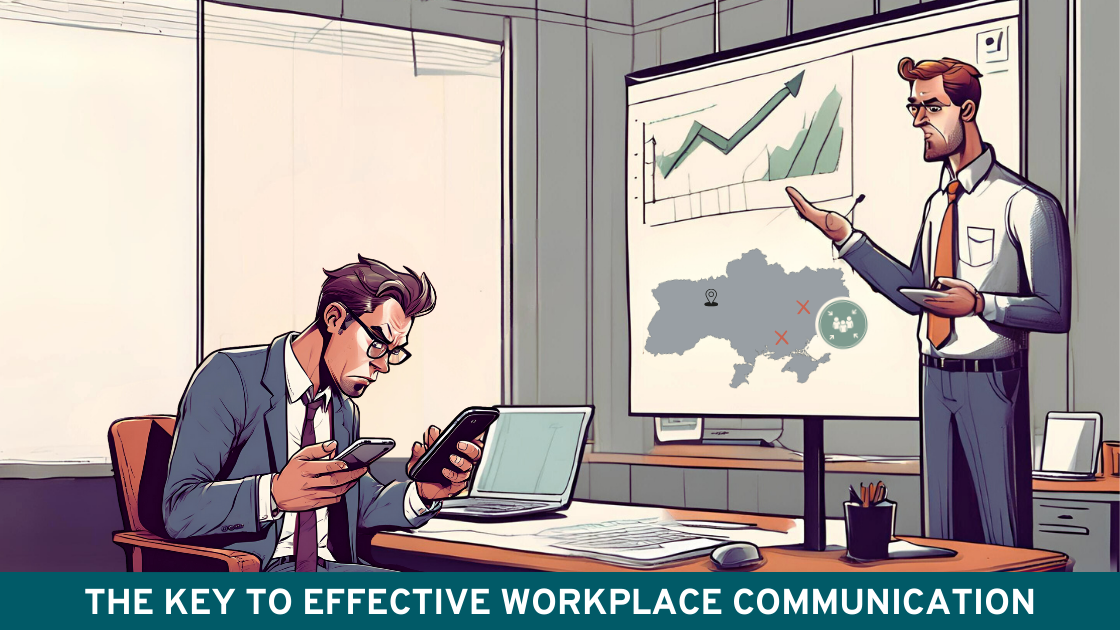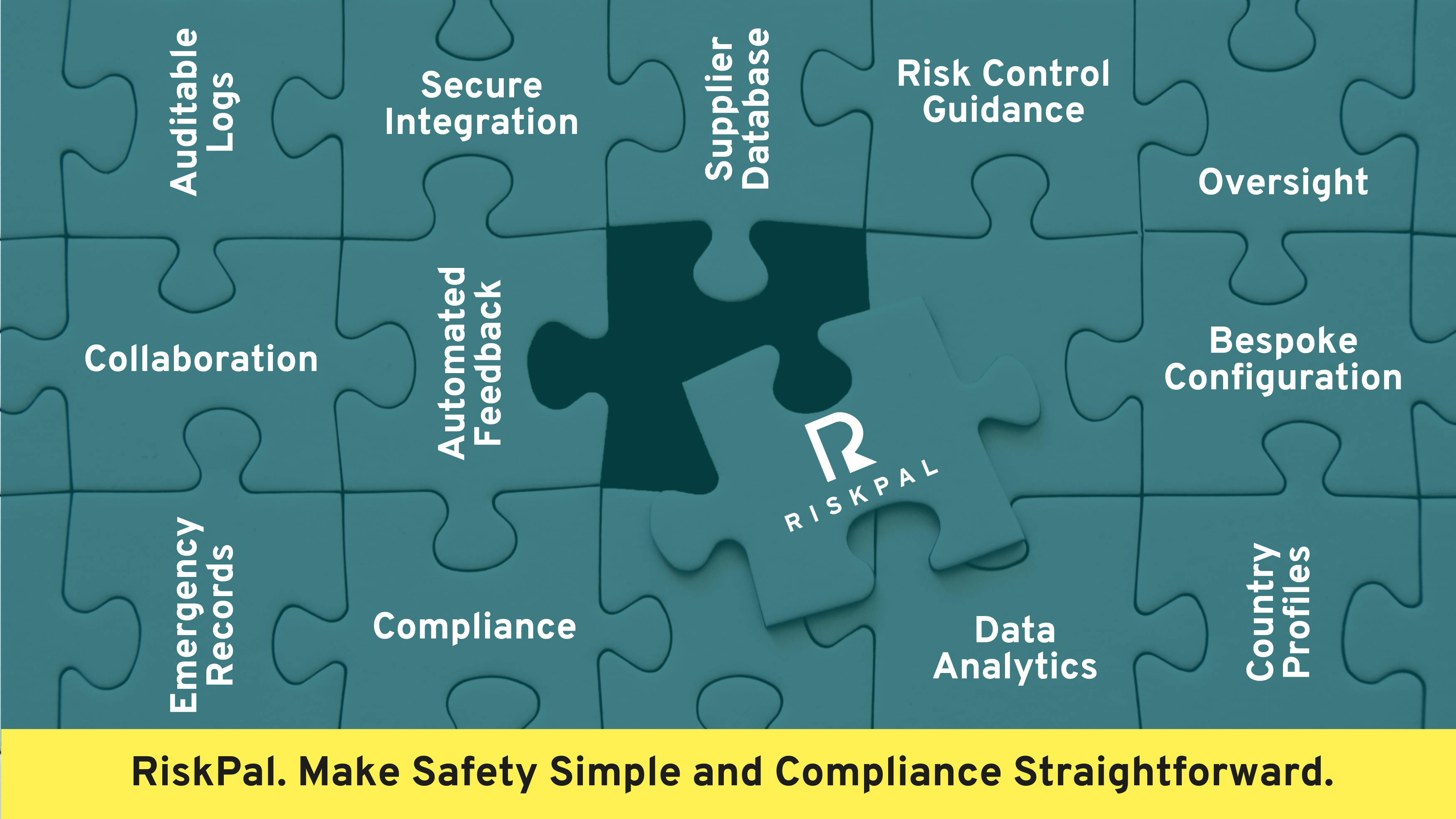Buy vs Build: Key Considerations
The right software is at the core of any successful business operation today. Let’s look at buy vs build.
We rely on software for everything from collaboration and communication to risk assessments and reports. As the number of solutions keeps growing, we often speak to organisations contemplating the question of whether to buy or to build.
Buying an existing software license means you can instantly access a host of ready-made features without needing to invest in developer expertise. You can generally sidestep issues like worrying about whether your system is compliant with the latest standards and how to manage a development team on top of your day job. But you are dealing with an off-the-shelf solution.
Even if existing software meets 80% of your company’s needs, there’s still a risk they could overlook the most critical 20%. That’s where building a solution from scratch begins to become more appealing. It offers more control over feature sets and computability, more freedom to embrace the functionality you need and remove the ones you don’t, and endless flexibility. But it requires far more work and, nearly always, more cost.
So, which is the best option?
VS
Here are some key considerations if going through the buy vs build conundrum.
1. Technology and Compatibility
Every business is unique, with its own combinations of existing software, tools, and workflows. Trying to make an existing software solution fit with your current processes can be like trying to force a square peg into a round hole. Some tools simply aren’t compatible.
Building an in-house solution from scratch means you can ensure your software aligns closer with your systems and processes. But trying to ensure end-to-end compatibility might actually take you away from the job itself and will need a huge time investment in the specification, development and testing phases of each release.
Third-party systems are becoming increasingly customisable and flexible; even if an in-built solution might give you an extra 5%, the time investment might negate such benefits.
2. Feature Set
SaaS solutions today come in a range of different packages, but there’s always a risk that your chosen offering won’t have all the features you need.
Building your own solution means you can control the feature set from start to finish and get rid of functionality that isn’t relevant to your team. You can determine the exact characteristics of the features and mould them to your working practices. The major problem is this level of feature control comes with a great deal of responsibility.
What happens if future requirements change, key stakeholders leave or your users don’t like how something works? Building software does not end, it’s a constant evolution. So be prepared for the long ride, not the quick win.
Existing software solutions have been tried and tested elsewhere before they come to you, and you don’t have to run the crisis meetings and customer support when bugs inevitably arise. And just because it’s a third-party solution doesn’t mean that you cannot develop your own features; the best solutions will be able to scope and develop bespoke feature offerings, albeit of course, at a cost.
3. Costs
Pricing and budget are essential considerations when investing in any new tool for a business. However, it’s easy to underestimate just how many costs there are in building software from scratch. You’re not just paying for a development team, you’re also paying for access hosting, APIs, security… the list goes on.
Software subscriptions typically give you visibility in a monthly or annual fee. Yes, there may be a set up or technical integration charge, but at least you don’t need to worry about associated maintenance, customer service or service upgrades. Staff costs, whether internal or third-party, can quickly add up.
The costs of building a new software from scratch aren’t just financial. They’re also connected to time and commitment from you and your team. When you build a software solution in-house, this can steal crucial internal resources from other high-value opportunities.
4. Training and Onboarding
Most software solutions will require some training to ensure users can take full advantage of the features available, as we’ve explored in previous articles relating to change management. However, there’s a big difference between training someone to use a pre-built solution, and designing the training you need for your new creation.
Pre-built software generally comes with onboarding tools and documentation to guide you through how the service works. There’s also a support team who can offer customer service when you need it.
When you build a software solution from scratch, you are responsible for the creation of all documentation and support infrastructure. And be ready to change and adapt all of it, especially in the first 12 months from your launch. Early user interactions with your solution will throw up many unpredictable issues you just cannot envisage beforehand.
Buy or Build?
Ultimately, the decision of whether to buy or build software depends on your goals and what you are trying to achieve. If the goal is to fix a small internal workflow issue with a defined and limited scope or if you are seeking to develop software for external sales and broader commercial goals, then build might be your best bet.
It may seem no surprise that a SaaS vendor like RiskPal favours the buy option. This is because we have seen, on multiple occasions, the negative consequences of underestimating the build route, with projects being abandoned halfway through, with nothing to show but resentment and a lot of lost of time and resources. We’ve been through it ourselves and learnt from many mistakes along the way.
Whatever route you take, don’t take it alone, be patient and good luck!
Starting to think differently about your risk assessments and safety?
Contact us to find out more about how RiskPal is transforming the risk assessment process.



